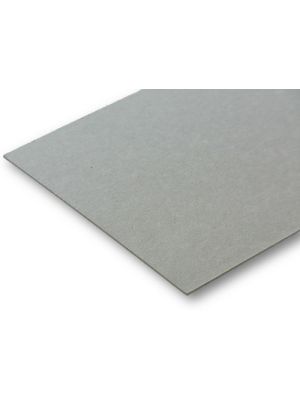German Lighthouse Roter Sand
Scale: 1/250
Skill Level: medium
Size (LxWxH): 196x124x129 mm (7x4x5 inch)
The lighthouse Roter Sand is known far beyond Germany and is a real landmark of the German coast. Therefore, this heritage listed building should not be missing from the HMV range. Included is a base plate and also the pylons for mooring the supply vessels.
Probably the most famous lighthouse in Germany as an HMV model. With this wonderful design, Fritz Pohl has excellently recreated the heritage listed building and with the usual HMV-level of details, a unique and very attractive model can be made out of this kit.
The model highlights:
- with water base
- Modell Highlights
- form true to original
- detailed roofs
- with pylons for mooring
Angaben zur Produktsicherheit
Hersteller / Manufacturer:
fentens productions, Fürstenbergstr. 19, D-49716 Meppen
Kontakt: https://www.h-m-v.de/
| Product type | Papermodel |
|---|---|
| Manufacturer | HMV Hamburger Modellbaubogen Verlag |
| Scale | 1/250 |
| Designer | Friedrich Pohl |
| Difficulty | medium |
| Sheet size | DIN A4 |
| Sheets | 2 |
| Parts | 140 |
| Length | 196 mm (7.72 inch) |
| Width | 124 mm (4.88 inch) |
| Height | 129 mm (5.08 inch) |
| Bauanleitung | German, English, French, Spanish, Russian, Japanese, Pictures |
Technical data:
- Construction period: 1880 - 1885
- Total height: 52.5 m
- Height above low tide: 30.7 m
- Fire height above mean high tide: 24 m
- Optics: Fresnel lens
- Active period: November 1, 1885 - November 11, 1986
- Scope: 10 nautical miles
- Position: Außenweser 53° 51' 11.4"" N, 8° 4' 55.8"" E"
The lighthouse Roter Sand on the Weser estuary takes a very special position in the history of lighthouses. After all, it was the first lighthouse to stand freely in the water, which makes it the prototype of today's offshore structures.
After the cities of Bremen and Oldenburg and the state of Prussia had agreed on a common regulation of navigational signals in 1878, the Prussian Minister of Commerce's proposal to station a third lightship in the Outer Weser was discussed. The buoy and beacon office in Bremerhaven proposed the construction of a lighthouse instead, which should be placed at the edge of the Roter Sand shoal. The proposal was quickly accepted, as it was assumed that a lighthouse would cost significantly less than another lightship.
Carl Friedrich Hancke, the head of the port construction department in Bremerhaven at the time, was commissioned to create a design for the planned tower. Construction began in 1880 and took a total of five years. The first caisson fell victim to a storm surge in 1881 and it was only at a second attempt in 1883 that a new caisson was able to create a stable foundation. The caisson sank deeper into the ground by digging up the ground inside and could be raised and lined to its final height above water. Work on the actual tower only began on July 1, 1884. The building acceptance took place on October 23, 1885 and on November 1 at 12:00 am the time had come and the Roter Sand lighthouse went into operation.
In the beginning, the lighthouse Roter Sand was equipped with a kerosene burner. Just one year later, they switched to an electric arc lamp. This was accompanied by a change in the identification and the two cross-brand lights in the smaller oriels became superfluous. The secondary fire in the large bay window was retained. Since the cable connection to the mainland was not stable and there were repeated failures, the company switched back to petroleum after eight years. It was not until 1947 that the tower received its own diesel generator, which enabled the use of 1000 watt lamps.
In 1964 the replacement building for the Roter Sand, namely the Alte Weser lighthouse, was put into operation. Even if the Roter Sand was more or less redundant, the tower remained in operation for another two decades as a return fire to the Hohe Weg lighthouse. On November 12, 1986, the last fire on the Roter Sand tower was extinguished and after 101 years and 11 days the lighthouse operation on the Roter Sand was stopped.
After the first renovation phase of the tower, it was handed over to the German Foundation for Monument Protection in 1987. Further renovation measures were carried out until 1990 and the lighthouse was then used for tourism. Until 2011, you could take a trip to the Roter Sand lighthouse on board the museum tugboat Goliath. Up to 42 passengers were on board and a one-hour stay on the tower was part of the program. Due to the lack of passenger safety on the tug Goliath, it was decommissioned and scrapped in 2011. In 2013, a suitable replacement was found in the former buoy tender Johann Georg Repsold, which has since been completely remodeled and is now known as the LEV Taifun.


 Deutsch
Deutsch





















